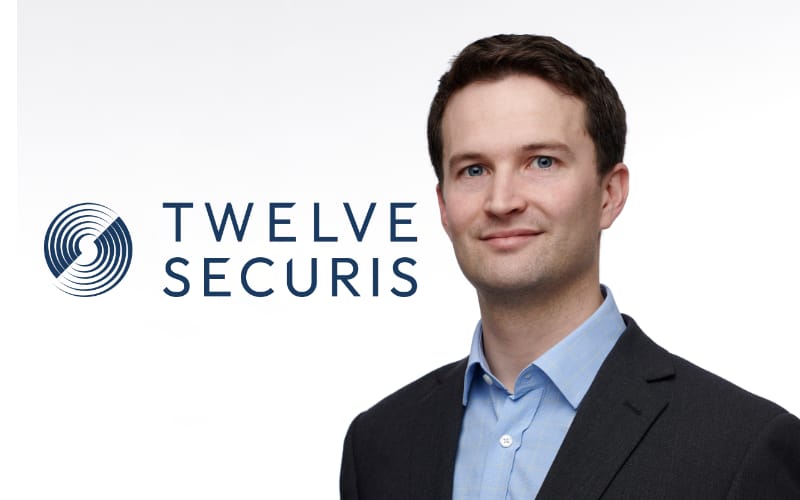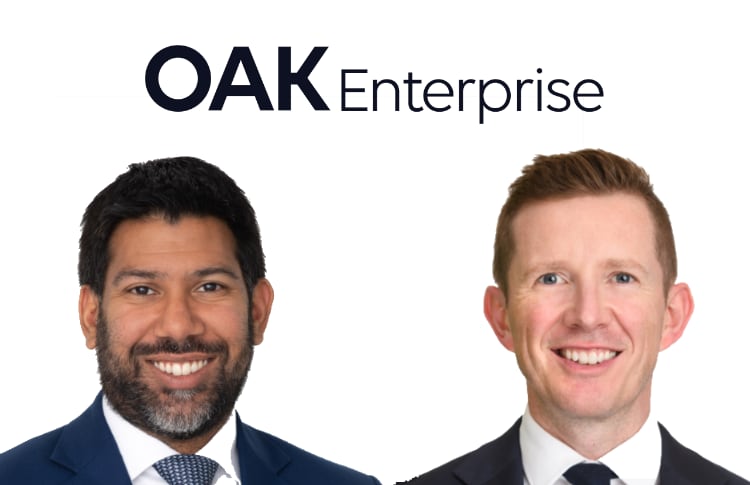
As discussions begin regarding the upcoming January reinsurance renewals, the question of how disciplined ILS managers will remain on contract structures looms, with Cahal Doris, Chief Investment Officer (CIO) Private ILS, at Twelve Securis suggesting that ILS managers would be wrong to give away structural improvements at 1/1.Artemis spoke to Doris around the Monte Carlo Rendez-vous event, to discuss a range of topics regarding private ILS as the industry moves into the year-end negotiations.According to Doris, transparency and clarity about yield expectations and risks, especially regarding the modelling of secondary perils, are crucial areas that the ILS markets and alternative capital managers should be taking into their meetings with investors and cedents, as we move into the year-end renewal negotiations.“This is a time for discipline: We believe strongly in maintaining rigorous investment criteria, not participating in new issues when risk spreads are too compressed, and keeping terms and conditions robust.
Investors want assurance that managers are focused both on risk selection and portfolio resilience.These are fundamental talking points we emphasize in our meetings,” the CIO told Artemis.Sticking with the renewals, we then asked Doris whether he anticipates discipline to remain on key contract features, such as attachment points at 1/1, as well as how competitive he believes it will be if the catastrophe load remains lighter in the second half of 2025.
“In the ‘traditional’ reinsurance and retrocession markets, pricing will naturally come under pressure should cat activity be below average in H2.Investors have benefited from strong structural changes put in place post hurricane Ian such as peril coverage and subject business definitions, and managers would be wrong to give these away in return for price,” Doris explained.Regarding investor sentiment, Doris noted that private ILS investors will be “closely monitoring” year-end performance given the potential impact of the January Los Angeles wildfires on relative performance between managers, and the potential for subrogation to influence results.
“Investors are likely to favour managers who have been able to articulate how their strategy around secondary perils has shown up in their actual experience with the wildfires,” Doris said.Moving forward, Doris addressed what he perceives to be the most significant challenges currently facing the ILS market.He particularly emphasizes the sector’s substantial dependence on third-party catastrophe models for risk assessment and pricing.
“Because most market participants use the same external models, their assumptions heavily drive premiums, investor sentiment, and market capacity.At Twelve Securis, we conduct our own independent view of risk, and we frequently identify material differences between our analytics and external model outputs.“This creates a structural tension: while pricing remains anchored to market and model consensus, our internal research often highlights areas where risks may be mispriced.
The challenge for the market is twofold: first, to ensure that external model assumptions evolve to reflect climate change, urbanization, and economic inflation; and second, to push investors and cedents to look beyond model uniformity and engage with differentiated insights.The long-term resilience of the ILS market will depend on greater transparency, better calibration of models,” Doris explained.Regarding the health of the ILS market, Doris explained to Artemis that both the traditional reinsurance and retrocession markets continue to act reasonably predictably, with moderate softening following modest ‘new’ or start-up capital entering the market in 2025.
Doris went on to state that the January wildfires have focussed the minds of both investors and managers on keeping control on the risks that are covered and the exposures that cedants hold in perils that are heavily affected by climate change.“As always, we have to be prepared for a material event, and overall, the market is in a healthy position, and much better prepared than in the past with efficient structures in place to incentivise faster return of collateral, and proven run-off solutions in place to manage liquidity needs where appropriate, post-event,” the CIO said.Additionally, Doris conveyed his expectations regarding the continued expansion of the ILS market into perils such as cyber, specialty, or casualty lines for the rest of the year and into 2026.
“Expansion into risks like cyber, specialty, and casualty brings clear innovation opportunities for the ILS market, but also notable challenges.New risks with longer tails and different liquidity profiles will likely need to be ‘wrapped’ into new investment structures tailored to those characteristics.Currently, investors tend to shy away from illiquid structures; this is consistent with broader trends where even private equity is facing fundraising challenges.
In volatile times, investors highly value flexibility and generally dislike lock-in periods,” the CIO said.“Furthermore, should investors be willing to accept these more rigid ‘wrappers,’ or vehicles, it is only reasonable that they will expect correspondingly higher, often double-digit, returns to compensate for the additional risks and illiquidity.“Consequently, it is far from guaranteed that these newer ILS innovations will provide sufficient premium to attract substantial investor capital.
The market must work hard to develop structures and underwriting standards that balance risk, liquidity, and return in a way that aligns with investor expectations and product viability.” “Compounding this challenge is the absence of any credible model for cyber risk and probably there cannot be a credible model for such a dynamic, man-made risk.In casualty the observed reserve deterioration in recent years for US casualty causes investors to doubt that pricing can be adequately calculated for such a long-tail risk,” Doris continued.To end, Doris provided Artemis with some context regarding where Twelve Securis hopes to expand its business into in 2026 and beyond.
The CIO explained that the company aims to excel across the full spectrum of ILS opportunities for investors.“Building on our leadership in the catastrophe bond space, we can offer also more bespoke, customizable investments that blend cat bonds with private ILS strategies—offering enhanced diversification and tailored risk exposures.At the same time, we are advancing innovations such as our specialty fund targeting the parametric subsegment of the ILS market, which aims to provide investors with capital-efficient, diversified risk transfer solutions.
“Our longstanding presence in the reinsurance and retrocession markets, with access through Bermuda, London and Zurich, offers a full spectrum of opportunities to build private ILS portfolios.Through this multi-faceted approach, we seek to meet evolving investor demands and capture growth opportunities across the broader ILS landscape well into 2026 and beyond,” Doris concluded..
All of our Artemis Live insurance-linked securities (ILS), catastrophe bonds and reinsurance can be accessed online.Our can be subscribed to using the typical podcast services providers, including Apple, Google, Spotify and more.
Publisher: Artemis








